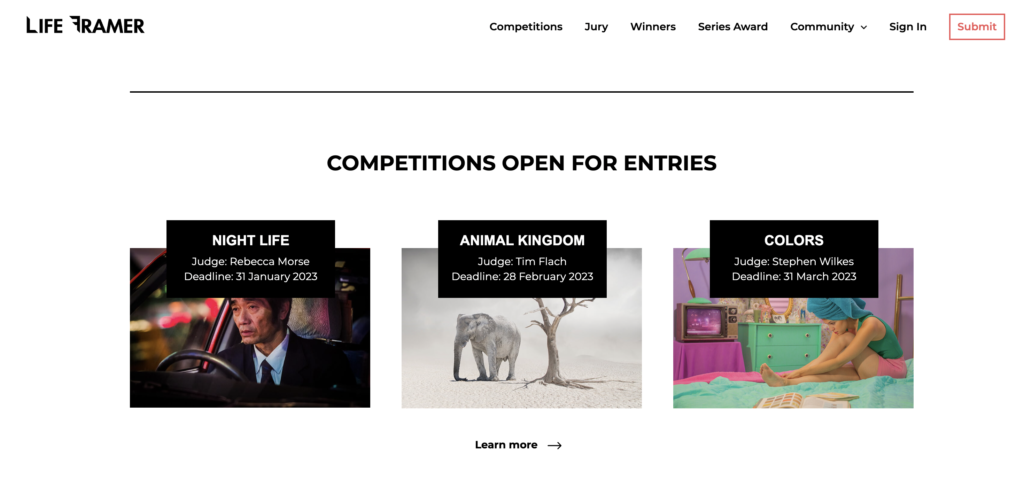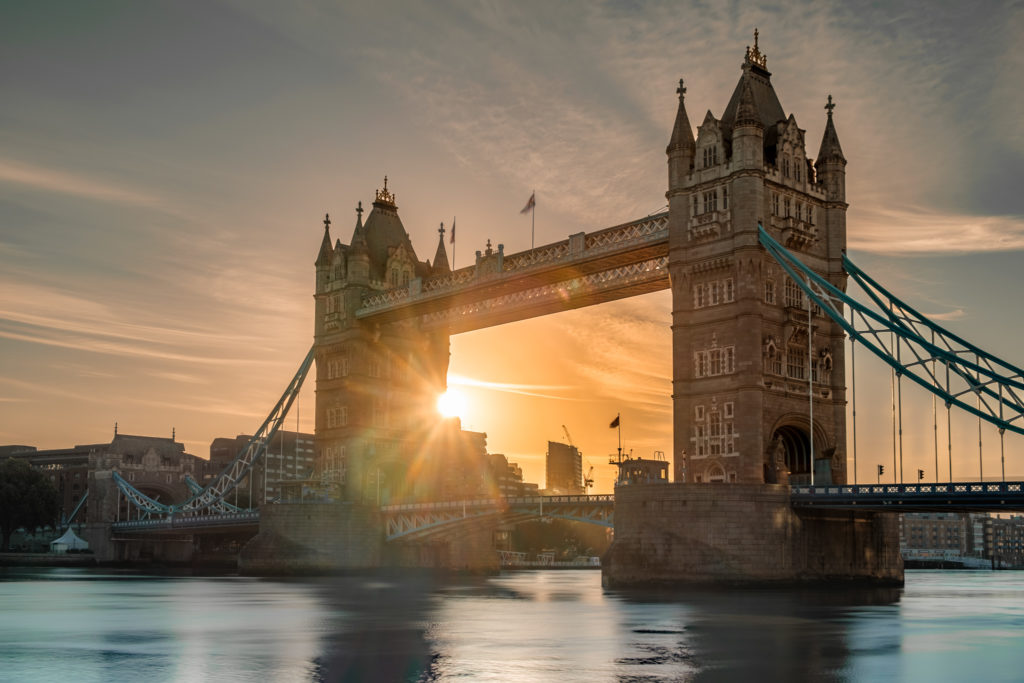It seems like another month, another major photographic competition cheating scandal. Recently, the most prominent example was the Wildlife Photographer of the Year competition run by the Natural History Museum. The accusation was that photographer, Marcio Cabral, used a stuffed anteater to create his dramatic winning shot. The Natural History Museum has stripped him of his title after careful examination of the image.
The question is, why does this cheating seem to be happening more and more often?
Increasingly Dramatic Images
The Internet has driven a tidal wave of images that are becoming increasingly more dramatic and complex. These shots are displayed on sites such as 500px and rapidly garner thousands of likes due to their striking compositions. The issue is that many of these images are highly processed and often composited. That in itself is fine if it's not being entered into a competition or used as a documentary or journalistic image. However, to counter this level of imagery, some photographers will often go to great lengths to make their images as visually competitive. When an opportunity arrises to use the image in a competition, the temptation is too great.
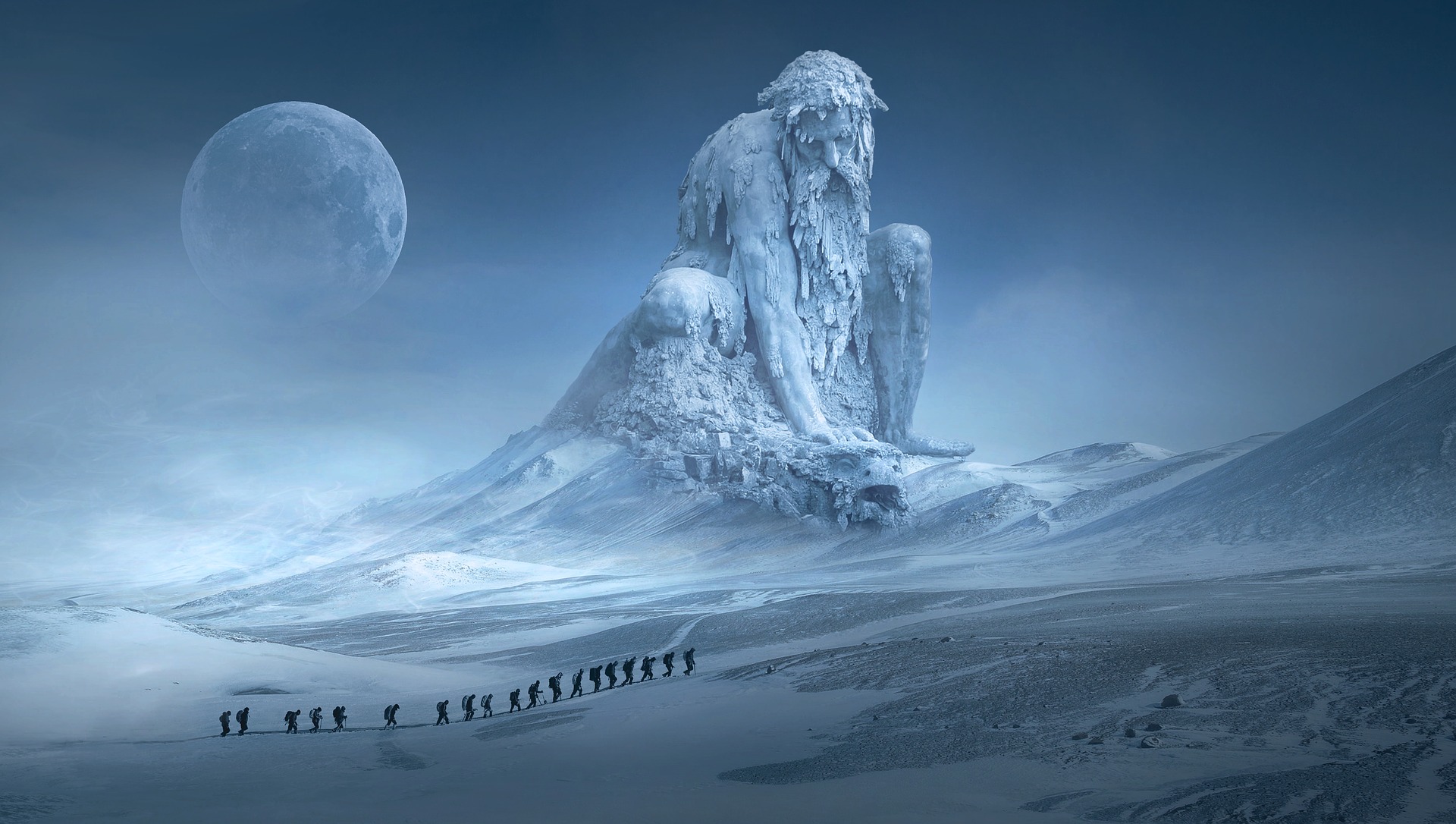
A saturated market for photographers
Photographers that have been around for a while will have heard the phrase, “everyone is a photographer these days’ It’s a truism born of the easy access photography now affords to everyone. The problem is that a significant minority within those taking up this hobby, wish to turn it into a profession. Some will work hard, learn much and go on to become extremely proficient and creative pros. However, there will be some that wish to take the shortcut to professional recognition. These are the people using their photoshop skills rather than their compositional talent in order to impress both the public and their peers. A number of competition cheats have taken this route, most have been found out, few have succeeded.
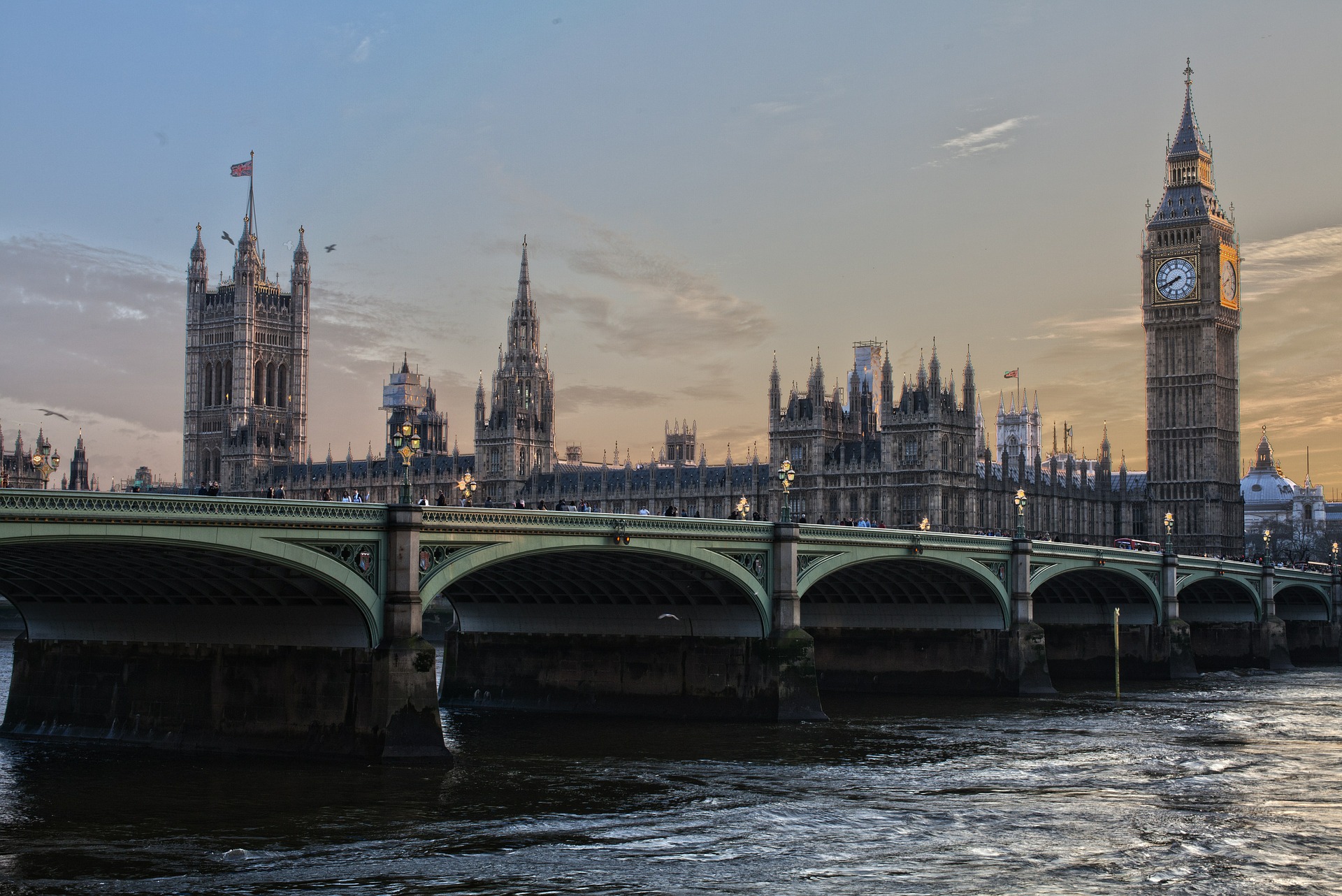
The Need For Likes And Recognition
Social media has been a force for both good and bad in the photographic industry. The good side of it allows photographers to engage with each other, share ideas and work and of course, learn and develop new and exciting techniques. The bad side is that some see it as the sole way to gain recognition in an increasingly competitive business.
These photographers quickly see the fact that very few non-photographers recognise a technically poor image if it is over processed and made to look visually striking. HDR was perhaps the first step on this rocky road, revealing the general public’s ignorance of composition and technique. Think back to the many comments written on very poor images made colorful and saturated by over processing HDR. The level of admiration was staggering. Little has changed since those days except the level of editing and compositing.
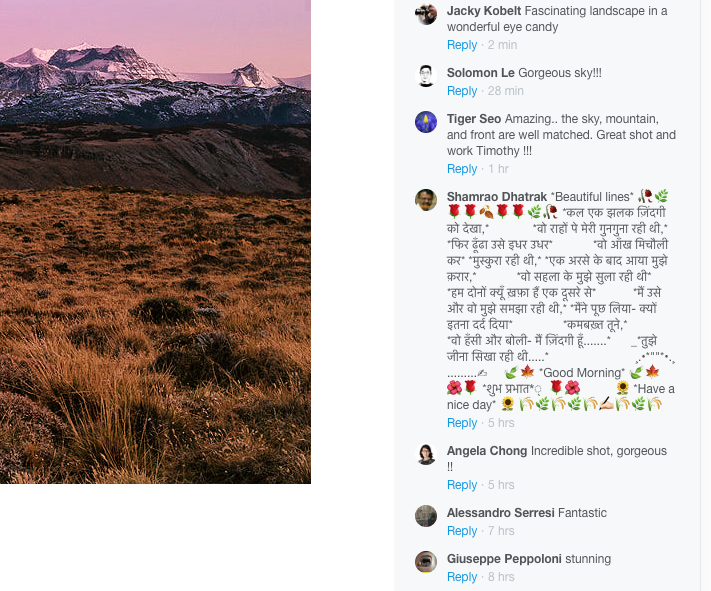
The Ease Of Manipulating An Image
Let’s not deny the fact that Photoshopping still a technically advanced subject. However, unlike the days of film, it is a relatively easy and cheap subject to get into. For a small monthly fee, photographers have access to the most powerful editing suite we have ever known. For a couple of hundred dollars, you can buy a Wacom. A look through the many editing videos on YouTube and with lots of practice, it is relatively easy to turn the mundane in to the magical. Once again temptation rears it’s ugly head and often that temptation is not resisted.
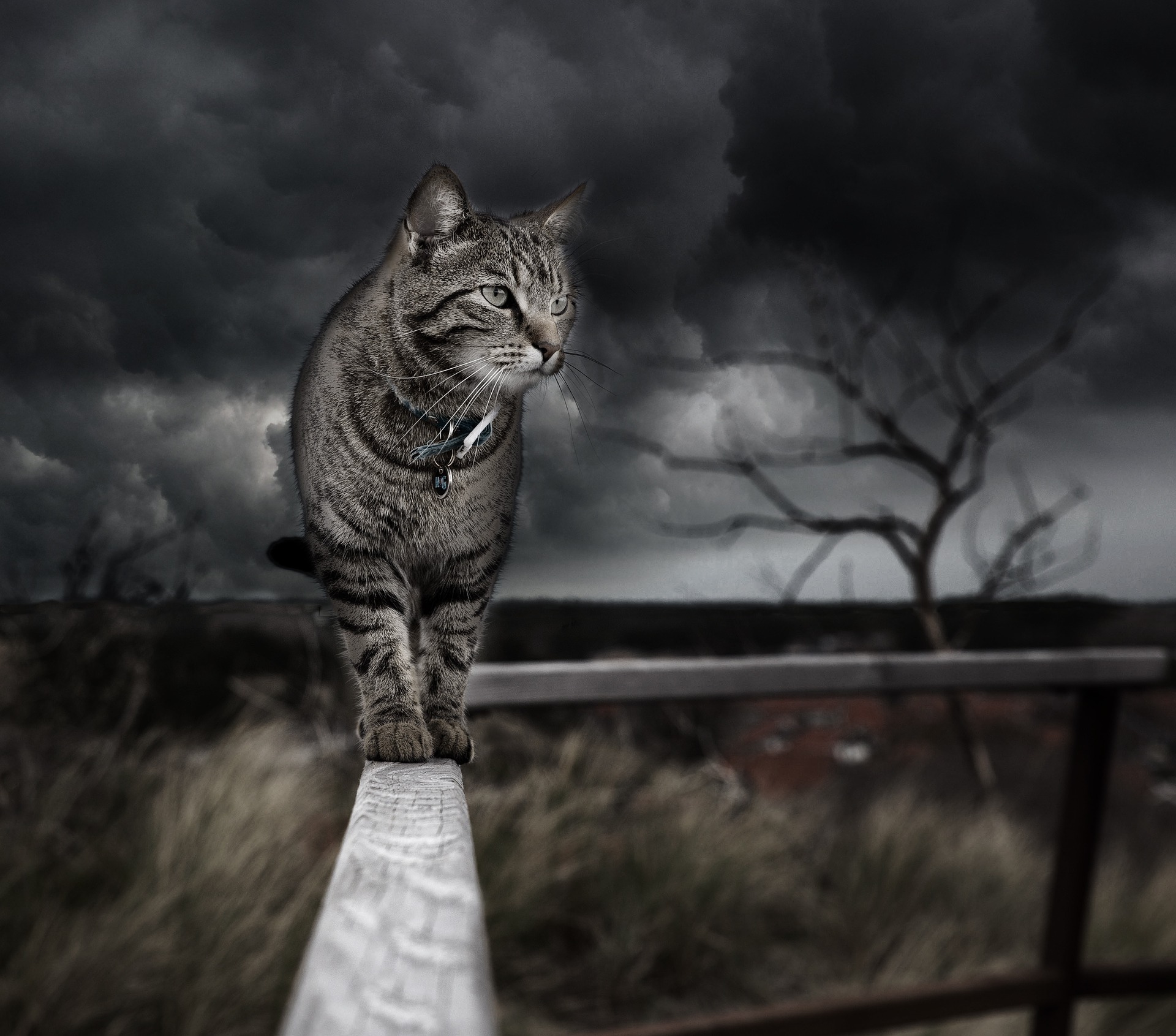
Is It Rife Within The Competition Industry?
This is a difficult one to truly know. There has certainly been a dramatic increase of cheats being found out over recent years. The question is, however, is this the tip of a very large iceberg of nonwinners, or is it because the manipulated images are so visually striking they stand a much higher chance of getting recognition? My personal feeling is that it’s a little of both.
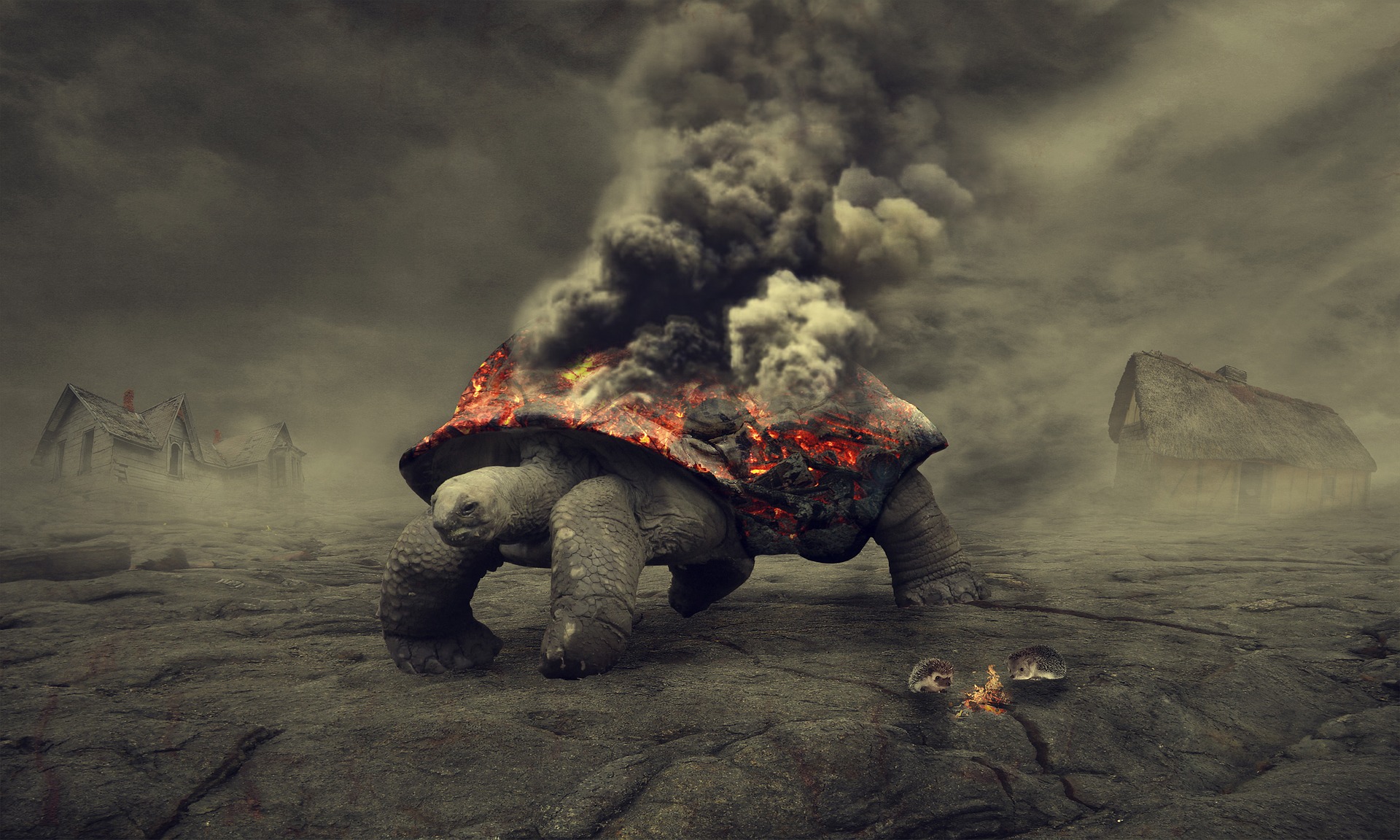
There is no doubt that numerous competitions have been tainted by cheating and allegations of cheating over the last few years. The solution does not appear to be a simple one given the infinitely increasing desire for recognition and likes within the photographic community. Perhaps the answer is a community that polices itself. If we as photographers become more vocal about the misuse of manipulation and other forms of cheating in competitors, maybe the potential cheats will think twice. Add in the shaming aspect of those that do cheat, with the potential to destroy a career before it has started, then maybe we have a way out of this ever increasing problem.
Cheating does not reflect well on the photographic community. This is especially so when it is discovered in the blue-chip competitions such a the Wildlife Photographer of the Year. Cheating in such high profile contests very often makes the mainstream news and that helps tarnish the image of our beloved hobby and profession to the wider world. Anything we can do to stop his can only be a good thing.


